Singapore’s blind spot on coronavirus exposed
Until recently it was a paragon of public health prudence while keeping Southeast Asia’s most successful economy turning.
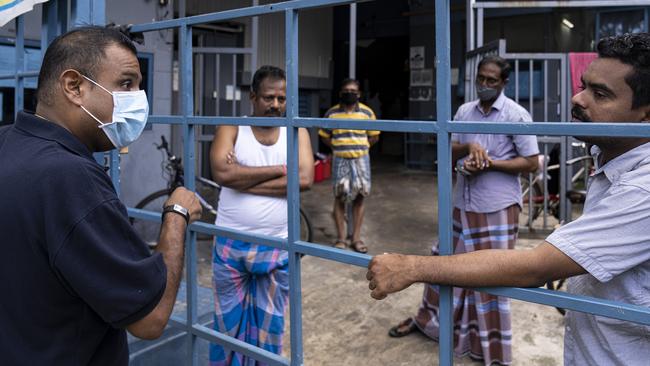
For months, Singapore has been a paragon of public health prudence, conscientiously testing and contact-tracing its citizenry for the coronavirus and isolating the infected, while keeping Southeast Asia’s most successful economy turning.
Now an outbreak in the crowded dormitories of its migrant labourer underclass has blown out its caseload and exposed an epidemiological and social blind spot that threatens to push the city-state’s health system to the brink of its capacity.
Of the 9125 COVID-19 cases confirmed in Singapore, 7066 are foreign migrant workers living cheek to jowl — as many as 20 to a room — in mass worker dormitories that a good number of Singaporeans never knew existed.
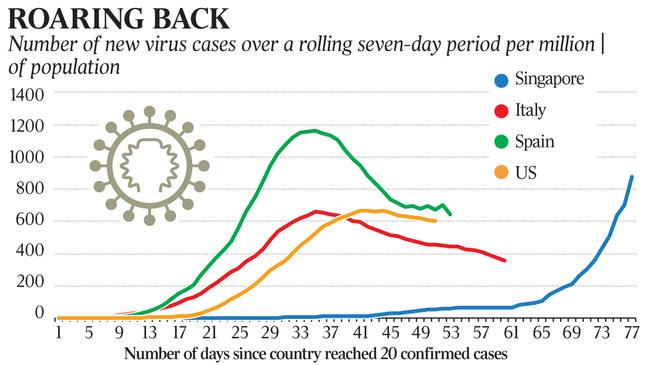
That represents 2.1 per cent of the 323,000 foreign labourers — mainly from South Asia — who live in them, though numbers are expected to soar in coming days.
“It’s going to be way more than that,” says Dale Fisher, an Australian infectious disease expert at the National University of Singapore who is part of a team trying to control the cluster.
Singapore’s caseload has more than doubled since Friday, almost all of them from the dormitories.
“There is a big catch-up happening now. We are ramping up testing so we don’t even know what the current prevalence is or what numbers will be in three or four days,” Professor Fisher says.
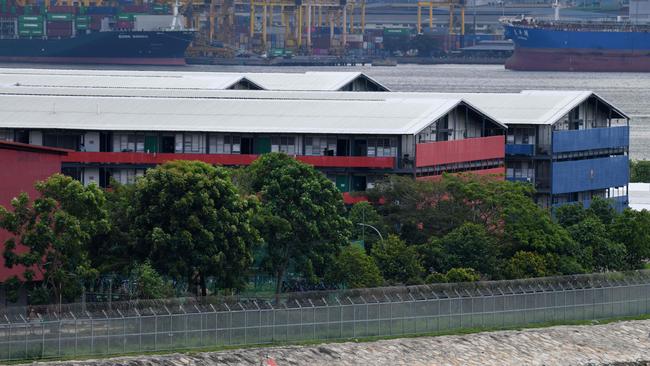
What is not in doubt is that the outbreak is going to get much worse before it gets better, and the peak may be several months away.
“We have lots of people in the first week of their illness now and we know the more severe form of the disease occurs in the second week,” adds Professor Fisher.
“We can’t say how many are still in their first week of infection. We need to be prepared for more people needing oxygen and a small number of people needing ventilators.”
Right now the focus is on creating isolation centres — up to 5000 new beds by the end of the week in exhibition halls, hotels and empty factories — to separate the healthy from the infected. Singapore authorities are counting on the labourers being mostly young and fit and so less likely to develop serious medical complications.
Workers in all 43 mega-dormitories are forbidden to leave their compounds, while 18 dorms are under full lockdown, with men confined to their rooms. At least 14 clusters have also been identified in smaller factory-converted dormitories.
Another 7000 labourers in essential services, such as power stations and garbage collection, have also been tested, cleared and housed in alternative accommodation.
Still, Jeremy Lim, an associate professor at the National University of Singapore’s School of Public Health, says already “the system is massively stressed”.
“The best analogy I can offer is that we are fixing the plane engine in mid-flight,” Professor Lim says.
Singapore Prime Minister Lee Hsien Loong admitted the dormitory outbreak was a “serious problem” in a televised address on Tuesday night in which he announced a four-week extension of the current “circuit breaker” lockdown to June 1.
But he also promised the city state would care for its migrant workers “just like we care for Singaporeans”.
“We will look after your health, your welfare and your livelihood,” he said.
What went wrong in Singapore?
Three weeks ago schools, restaurants and the CBD were still open. Now Singaporeans are fined $300 for not wearing masks or for breaking lockdown without good reason.
Migrant labour advocates say they have long warned that the mega-dormitories are a catastrophe waiting to happen.
“Keeping (workers) in such living conditions creates systemic vulnerabilities waiting to erupt,” warned one such group, Humanitarian Organisation for Migration Economics, on its website this week.
Professor Lim admits the outbreak was a “cognitive blind spot”, but says that Singapore’s COVID-19 death rate — 11 people — is “remarkably low” and that the government is “moving heaven and earth to care for the workers and create capacity”.
“The next couple of days will be critical because then we will know how many cases we have and how many of those will likely be severe,” he says, adding that its mistakes must be a lesson for all countries with significant populations of densely packed urban poor.
“How this pans out in real time should be closely watched by every government that has the same risk factors and hopefully they work out how to avoid the same thing happening because no country in this part of the world has the same resources base that Singapore has to mobilise.
“I hope they figure out a better, smarter, less resource-intense way of doing things.
“If not, terrible things are going to happen that will make Singapore look like a blip.”


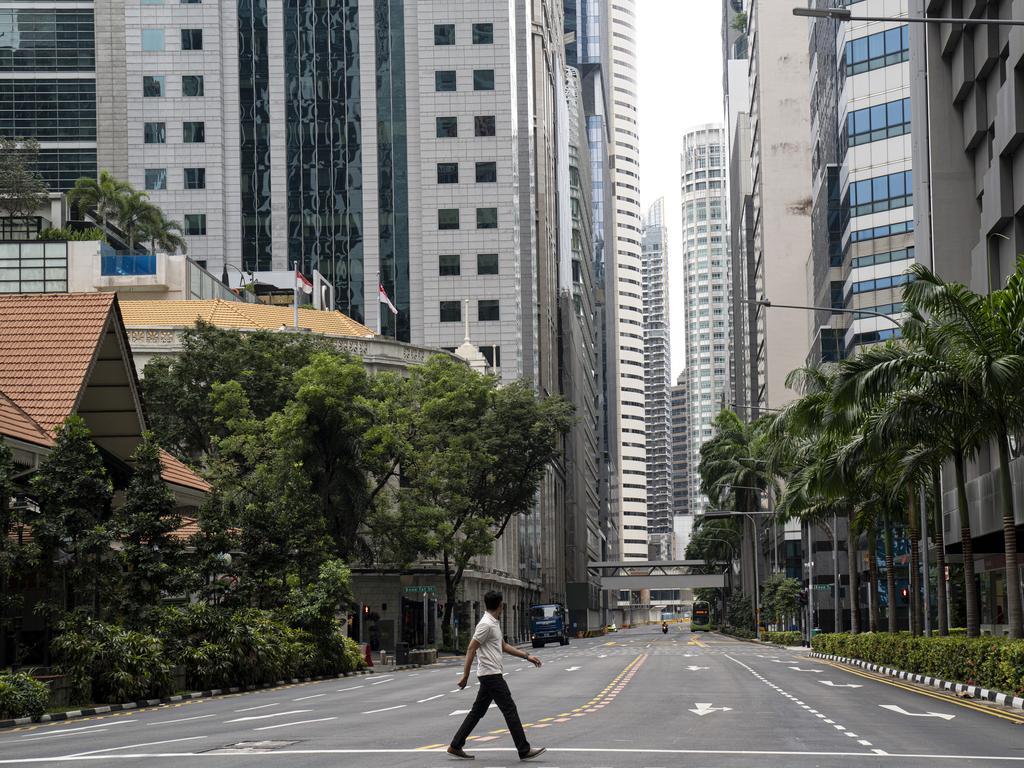
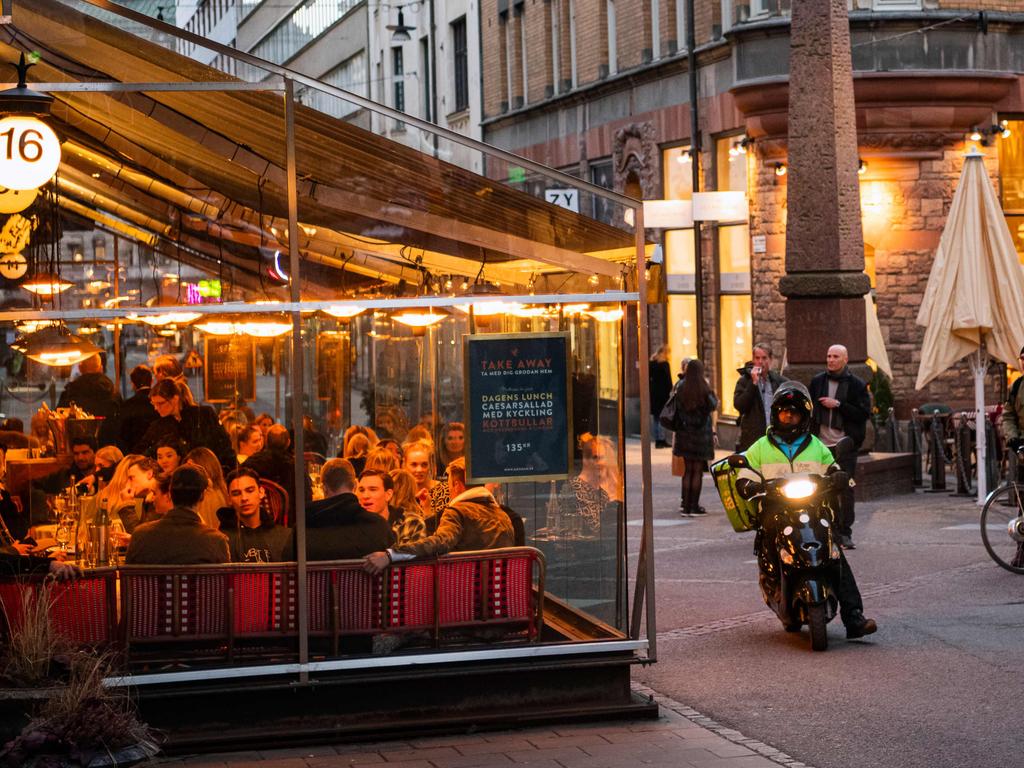
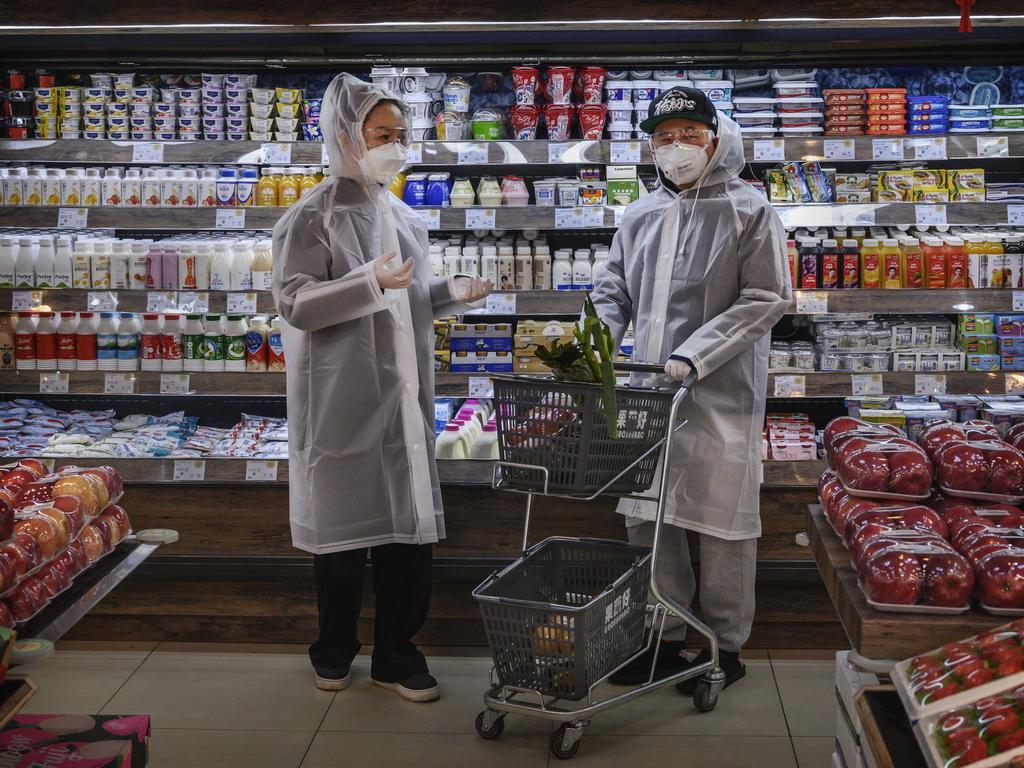
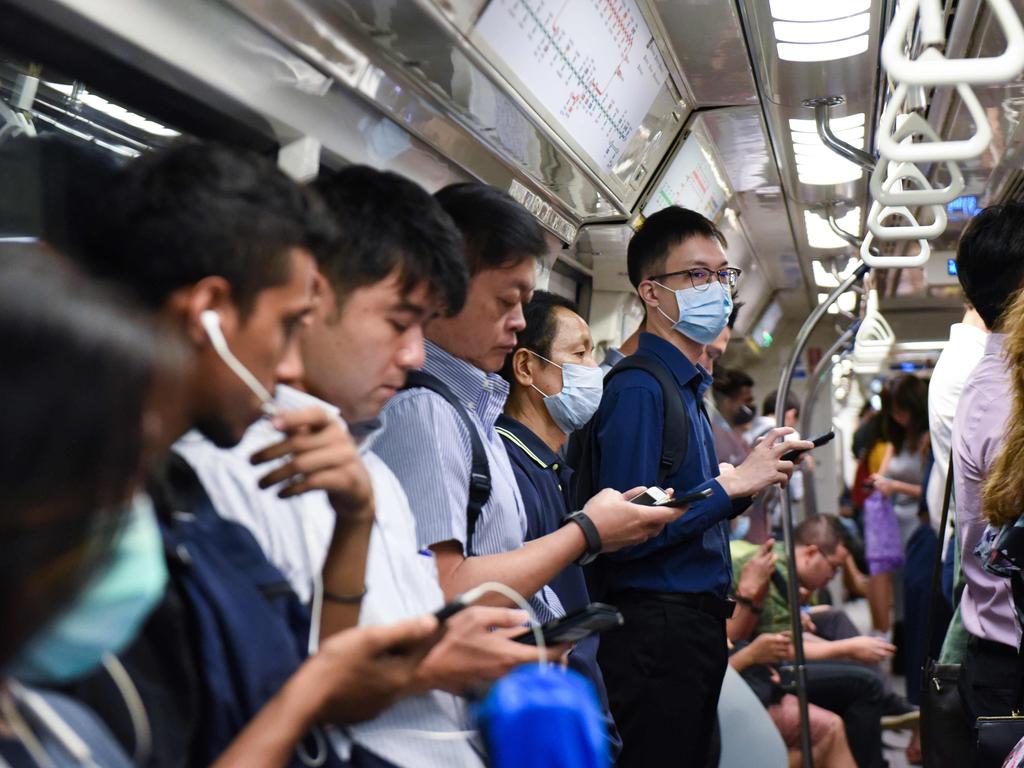


To join the conversation, please log in. Don't have an account? Register
Join the conversation, you are commenting as Logout